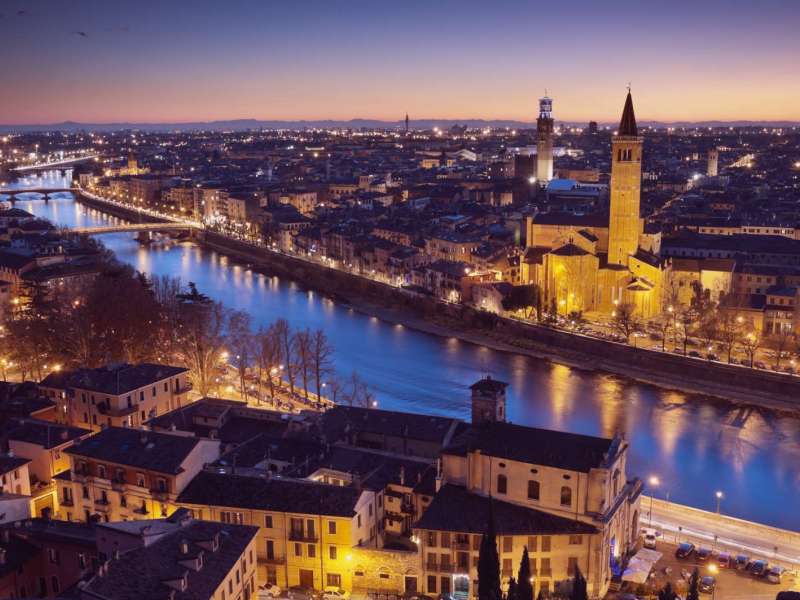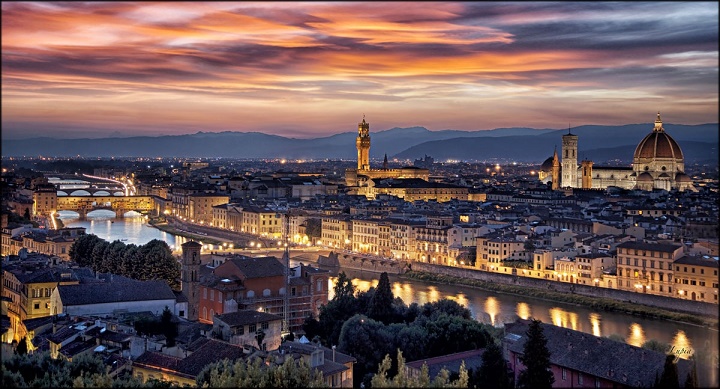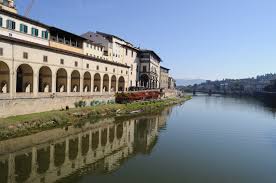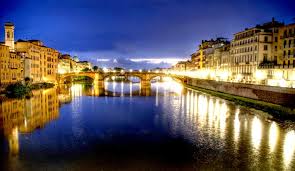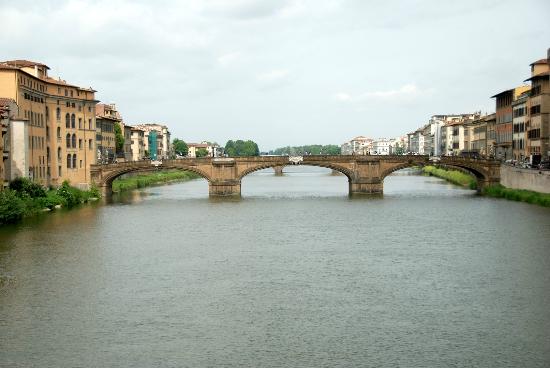A Eutrophic body of water is one in which the nutrient content is markedly higher than the oxygen concentrations. This process is long and complex, and usually ends up turning a healthy aquatic ecosystem into an algae-ridden dead zone. Since the advent of synthetic fertilizers, monocultures (and small scale agriculture) have been using increased amounts of nitrogen and phosphorus nutrients in the soil to stimulate plant growth. However, most of the sprayed-on artificial fertilizer (which has been easier and cheaper to produce in volume because of the ammonium Haber-Bosch process) ends up in the fields’ runoff and travels downward until it pollutes water. Once the nutrients filter into a stream, the algae levels skyrocket because they feed off the plentiful fertilizer. The blooms of algae die off and their minute bodies fall to the ground floor (benthic layer) of the water. There, microbial bacteria decompose the algae waste, using huge amounts of oxygen in the process to do so. As a result, there is less oxygen in the bottom layers of the water to keep other organisms (i.e. fish, kelp, etc) alive. This creates a toxic dead/hypoxic zone in which there is low levels of oxygen (which is inhospitable for life) and high levels of industrial nutrients. This phenomenon is occurring widely in the Gulf of Mexico, where the fertilizers from the Mississippi’s watershed are flowing rapidly into the pristine waters. Once this condition has occurred, it is almost impossible to reverse it; it takes huge amounts of money and ingenious ideas (i.e. floating plant mats that suck up the poisonous nutrients) to reclaim the area. Hyper-eutrophic is used to characterize a body of water with frequent and dangerous harmful algal blooms.
|
By contrast, an oligotrophic body of water is one in which the oxygen concentrations are higher than the nutrient levels. This condition is healthy because there is more dissolved oxygen to keep organisms (i.e. fish) and plants alive. The water in oligotrophic areas is usually clear, cool, and located far (or farther) from agricultural or industrial centers. There is no nutrient-rich waste permeating the waters, so bacteria on the floor use less oxygen to decompose the decaying tissues. The primary productivity, which is the conversion of solar energy to sugar that autotrophs can use for daily functions, is generally lower because there are less algae and plankton on the surface (less nutrients) to perform photosynthesis. Oligotrophic water can usually be safe to drink because of low toxicity, turbidity (amount of suspended particles—cloudiness), and pathogen count due to human waste. The pictures seen here are from an artificial oligotrophic pond near my house. Although algae are kept to a minimum because of a mechanized aerator, the water is still clear, healthy, and full of wildlife. There is also little runoff because the pond is protected by a stone barrier and the park is never full with impertinent and environmentally-unconscious visitors. The wildlife seen here are lily pads, large and small fish, turtles, blue herons, and squirrels.
It’s amazing to think there is an (man-made) ecosystem, unspoiled by humans, two minutes from my house. Just for fun, here are some other pictures of the park, which was inspired by ancient Greece. There is a pediment with Corinthian columns, a bronze sculpture of a Greek goddess (with hair that looks like the Venus from the “Birth of Venus” by Botticelli), a mini Greek theater, and a Greek-inspired pavilion/courtyard.
